-
Your shopping cart is empty!
-
Bedding by Size
+
Adjustable Bed Bedding
- Fitted Sheets for Adjustable Beds
- Adjustable Skinny Single 2'3" x 6'6" / 70 x 200cm
- Adjustable Small Single 2'6" x 6'6"
- Adjustable Long Single 3' x 6'6' / 90 x 200cm
- Adjustable Large Single 3'6" x 6'6" / 107 x 200cm
- Adjustable Small Double 4' x 6'6" / 120 x 200cm
- Adjustable Double 4'6" x 6'6" / 140 x 200cm
- View More
-
Fitted Sheets
+
-
Duvet Covers
+
Luxury Duvet Sets
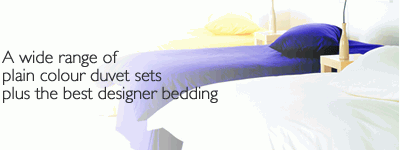 UK Manufactured Plain & Patterned Duvet Sets in a massive range of colours and fabrics.
UK Manufactured Plain & Patterned Duvet Sets in a massive range of colours and fabrics.Plus superior designer bedding from Cath Kidston, Dorma & more...
-
Luxury Bedding
+
Luxury Bedding Sets

Soft cotton sheets combined with beautiful bed throws, cushions and curtains. We use fabrics from Zoffany, Sanderson and more. Put together to create a stunning new look for your bedroom.
View our new designs online and buy your bedding set in a couple of clicks. Or if your looking to create something more personal you can always get in touch. We'll help with fabric samples and some specialist advice to create spectacular bedding all of your own.
Email or call us on 01706 220020
-
Mattress Protectors
+
Protect Your Mattress
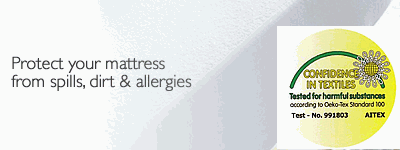 Protect yourself and your mattress from spills, dirt & allergens with our superior protectors. Available in Quilted and TENCEL fabrics.
Protect yourself and your mattress from spills, dirt & allergens with our superior protectors. Available in Quilted and TENCEL fabrics.All our mattress protectors are breathable for extra comfort.
100% Waterproof
100% Non Allergenic
-
Bed Valances
+
Made to Measure Bed Valances
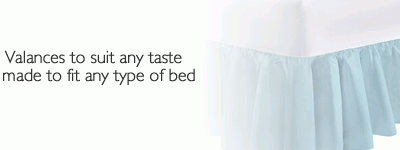 Valance and bed frills made to fit any size of bed.
Valance and bed frills made to fit any size of bed. We manufacture each valance to the frill drop or mattress depth required so its fits beautifully.
Available in a range of bright plain colours and print designs. More fabrics available on request
-
Duvets
+
Luxury Duvets
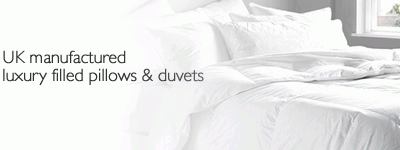 Sleep the day away in a beautifully soft duvet.
Sleep the day away in a beautifully soft duvet. Made in ECO poly fillings such as Dacron Comforel or luxury natural fillings including silk, wool and 100% Hungarian Down.
-
Pillows
+
Luxury Pillows
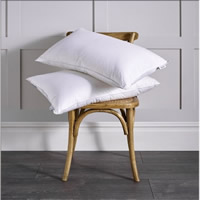
We've got the perfect place to rest your head.
Super soft pillows made with high quality fillings including goose down, duck feather and eco friendly hollow fibre, made from 80% recycled materials. All encased in cooling 100% cambric cotton for the perfect nights rest.
-
Pillowcases
+
Pillow Cases

We have a great range of pillow cases in plain colours and prints to suit any decor.
Choose from standard, king and super king pillow cases, made as unfrilled or with Oxford border.All our pillowcases are made in house at our Lancashire factory. So even if you can't find your size you can always contact us for a quote.
-
Mattress Toppers
+
-
More
+
William Morris
-min-1731x552.png)






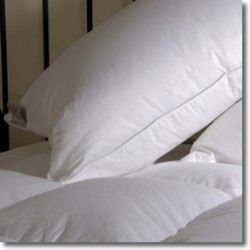

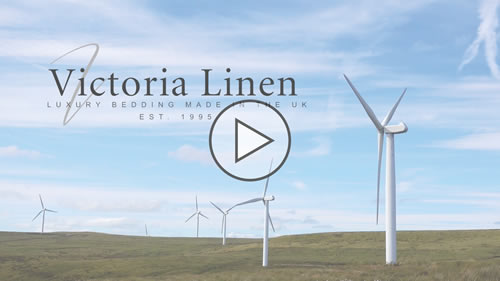
Write a Comment